The Art and Science of the Up-Sell and Cross-Sell
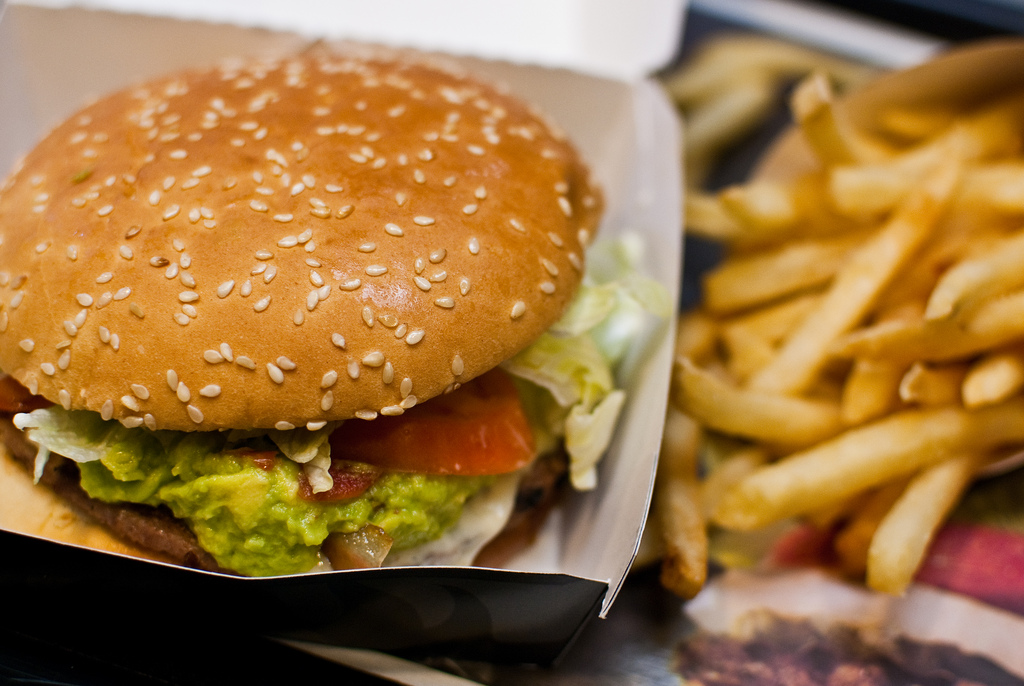
“Do you want fries and a drink with that?”
The hamburger combo might be the most popular upsell of all time, and it works brilliantly. Every time a customer buys something and we don’t offer an upsell or cross-sell, we are missing a great opportunity.
It’s time to change that by learning the fine art of up-selling and cross-selling.
What is the Difference Between Up-Selling and Cross-Selling
Let’s start by learning the difference between up-selling and cross-selling. Up selling is the classic hamburger combo upgrade we mentioned above. Cross-selling is when you offer a complementary product such as dessert to go along with your combo. They are both very effective tools that should be used at different times in the checkout process.
Up-selling is a lot more common than cross-selling, which has led to several experts to say that up-selling is more effective – but they aren’t mutually exclusive. Up-selling usually comes early in the checkout process. For example, when you are buying an economy ticket and you get an option to upgrade your ticket to first class.
In the above example, cross-selling would come later on in the checkout process when you are shown the food options for the flight, which you can pre-purchase before flying. As you can see, you don’t have to offer just one or the other, but you do have to show them at the right time. This is where we run into some challenges with our online stores.
The main challenge is showing the right category of product at the right time. This will ensure that users aren’t confused by what they are being offered. Software can be very good at making sure the right products are always shown, but we still need to manually intervene in this process. This is where the “art” side of things comes into play.
Up-Selling 101
Up-selling opportunities should start very early in the checkout process, even appearing in the product page before a customer adds it to the their cart. Since customers have yet to decide on what product they want, we can show them similar products within the same category that may catch their interest. We can see how ASOS has a small section where they recommend similar products (in this case jackets) that you may also like.
Once a customer adds a product to their cart, we need to narrow down our up-sell opportunities. This should be easier because we now have a better idea of what this customer is looking for. Amazon shows you more similar products right after you add a product to their cart, which doesn’t work too well with electronics but could be great for items like clothing. A customer may be looking to buy 3 shirts in different colors but similar styles and this section will save them the trouble of searching through the site for them.
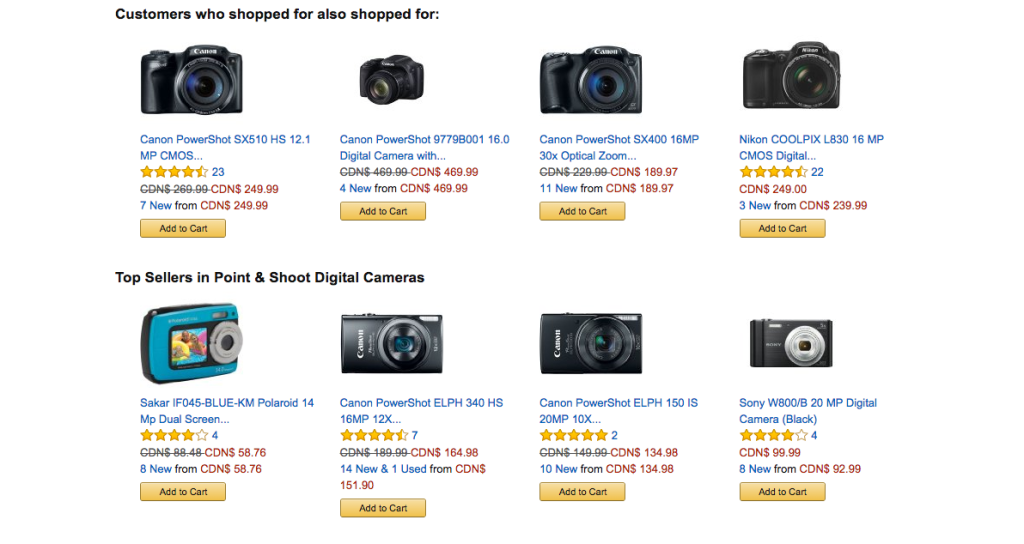
The checkout could also give us an opportunity to get our customer to upgrade the model of the item they are buying. A common example of this is in electronics (e.g. upgrade your camera memory card from 16GB to 32BG). This upgrade should happen with just a click or two and the benefits of upgrading should be very clear to the customer.
Be sure to not offer too many up-sell opportunities, or else your customers may become confused or frustrated. It’s better to work on improving the quality of the up-sell opportunities than it is to increase the quantity.
Now Let’s Cover Cross-Selling
Cross-selling opportunities can also start to appear very early in the checkout process including the product page. Amazon is very good at this by offering a “Customers Who Bought This Item Also Bought” section for every product page. When viewing a camera product, we will see recommendations that include memory cards and cases for this camera.
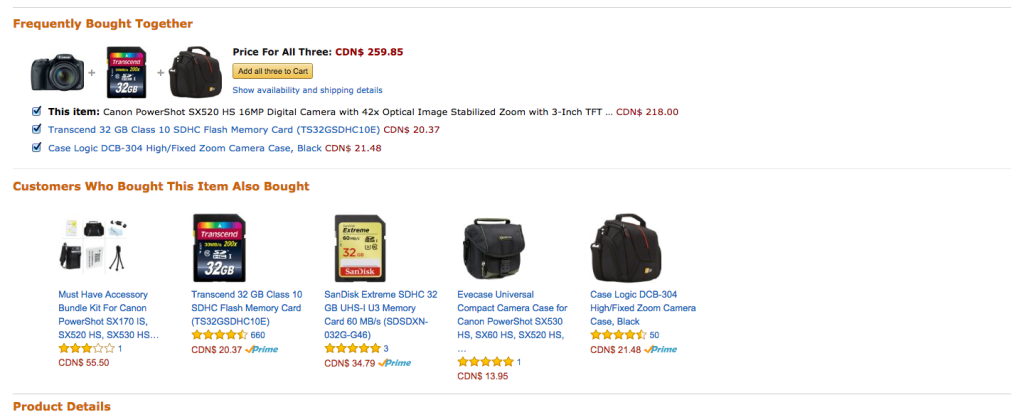
The trickiest part of cross-selling is the timing of these offers. You don’t want to offer a tripod to a customer that hasn’t even chosen a camera! Its better to have this section of offers either at the end of the product page or to the side of main product information. We can see how ASOS has a small section where you can purchase other items to complete “the look”. This section is off to the right side of the product information not in the main flow for the product page.
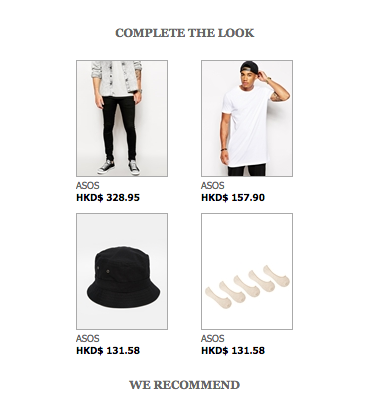
Another great location for these offer is right after the customer has added a product to their cart. You could also set up these offers right before the customer pays for something, as a last minute impulse buy. This is the same concept as grocery stores and their candy selections on the checkout counters.
Finally, customers should be able to add these products to their carts or orders in one click and without having to visit the product page. We can see how Amazon gives you one button to add a product to your cart right away. We can even see an overview of the reviews of this product, which will help us decide if this product is worth it buying.
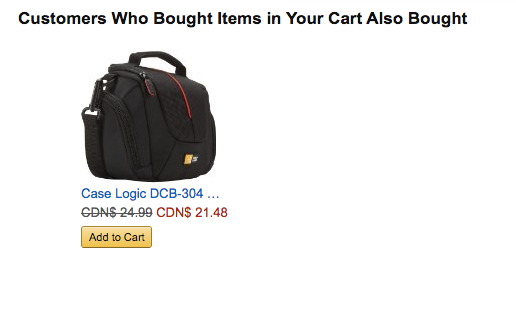
ABC: Always Be Closing
You should always offer up-sell and/or cross-sell offers. Always. There’s some debate as to whether these offers will decrease your checkout rates. but that will need to be addressed on a case by case basis. The benefits of these offers will most likely offset any drops in checkout rates you may experience.
Do you have any other tips for effective up-sell or cross-sell opportunities? Let me know in the comments below!
Tagged cross-sell, up sell






